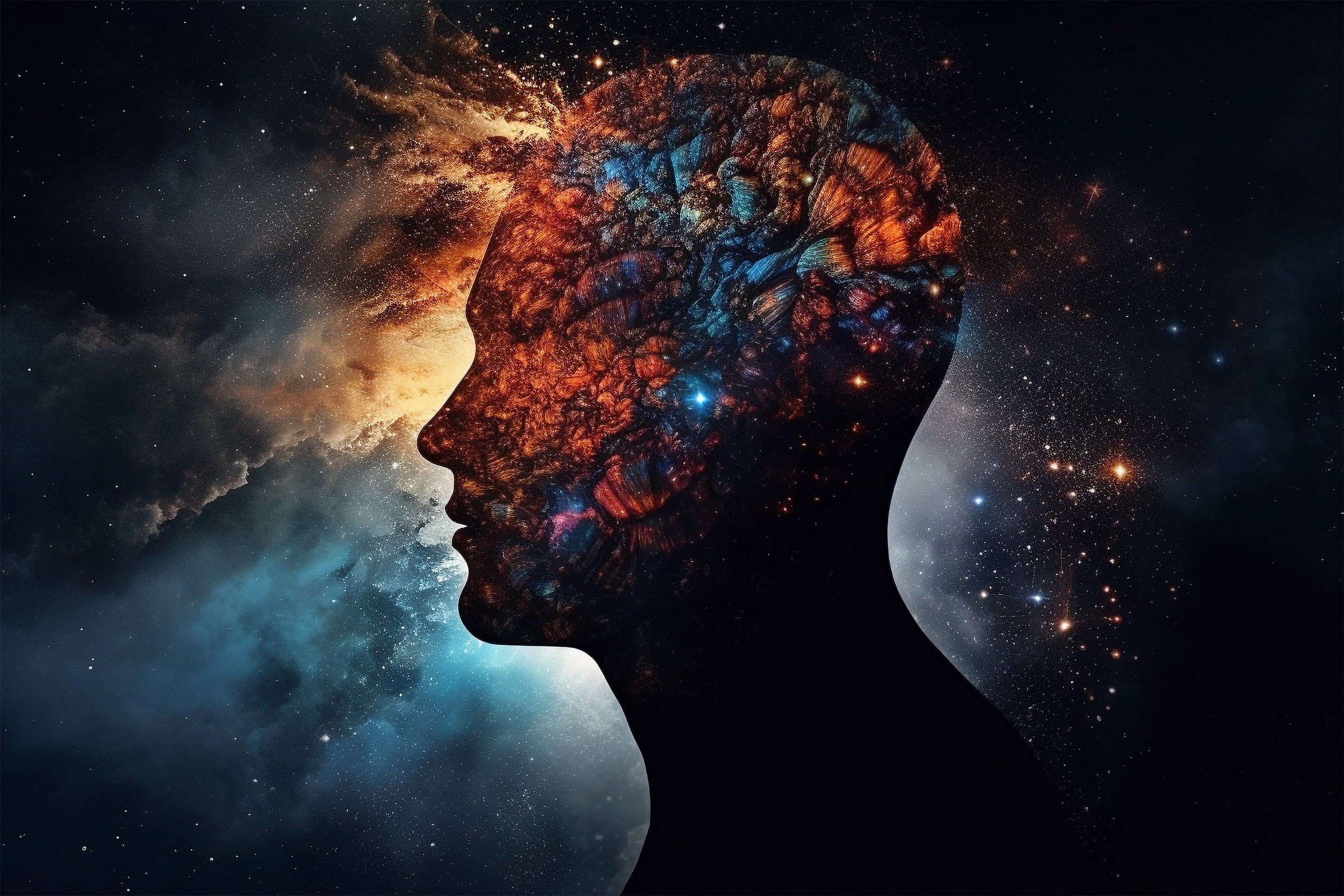Artificial intelligence (AI) is advancing at a breakneck pace, with multimodal AI being one of the most transformative breakthroughs in recent years. Traditionally, AI models were built to handle only one type of data, such as text, images, or audio. However, multimodal AI opens new doors by allowing machines to process and integrate multiple types of data—enabling deeper insights, more robust understanding, and highly sophisticated applications.
In this blog post, we’ll explore what multimodal AI is, how it works, and the potential it holds for the future of AI-driven systems. We’ll also dive into multimodal learning AI and how this technology is reshaping industries, with real-world examples like Apple multimodal AI and other leading innovations.
What is Multimodal AI?
At its core, multimodal AI refers to AI systems that can handle and process multiple modalities of input—for example, text, images, and audio—simultaneously. This is a significant shift from traditional unimodal AI, where a model could only work with one type of data at a time.
Consider how humans understand the world around them. We don’t rely solely on one sense; instead, we integrate information from sight, sound, and even touch to form a complete picture. Similarly, multimodal AI allows machines to create a more comprehensive understanding by fusing data from different sources. This leads to AI models that can make more accurate decisions and perform complex tasks more effectively.
For instance, a multimodal AI model designed for medical diagnosis could analyze both visual data like MRI images and text data from patient records to make a more accurate diagnosis. Similarly, an AI system could process video and audio simultaneously to enhance the understanding of user-generated content on social media.
Defining Modalities in AI
In the context of multimodal AI, a „modality“ refers to the different types of data an AI system can handle. For example, a modalities could include text, visual data (like images and video), audio, and even other sensory inputs such as touch or smell in some specialized applications. These different types of inputs represent distinct dimensions of information, and the power of multimodal AI lies in its ability to process them together.
Traditional AI models typically operate with a single modality. For instance, natural language processing (NLP) models work primarily with text, while computer vision models process images or video. But multimodal AI takes this to the next level by merging these different streams of information, providing a richer, more holistic way for machines to „see“ and understand the world.
How Multimodal AI Works
To grasp the true power of multimodal AI, it’s important to understand how it works. At a high level, these models rely on advanced AI architectures, such as deep neural networks, to handle different types of input. These systems are trained to process various data modalities in parallel, allowing them to extract meaningful insights from each data stream.
For example, a multimodal AI model trained to caption images might receive input in the form of both an image and a related text description. By processing both the visual and textual data together, the system can generate more contextually accurate captions than a unimodal system could.
One popular architecture used in multimodal AI models is the Transformer architcture, which has been adapted for multimodal use cases. Originally developed for language-based tasks like machine translation, the Transformer model excels at integrating multiple data streams by using an attention mechanism to focus on relevant parts of each data type. For instance, in a system designed to match video clips with relevant text, the Transformer model can learn which parts of the video correspond to specific words in the text. This architecture is key to multimodal AI’s success, as it allows AI to „attend“ to the most important aspects of multiple modalities.
Training Multimodal AI Models
Training multimodal AI models is no small feat. These models require vast amounts of training data, encompassing all the types of inputs they are expected to handle. For instance, a multimodal AI system for autonomous driving might need a massive dataset that includes video feeds from cameras, audio from sensors, and text data from road signs or navigation instructions.
One of the challenges in training these models is ensuring that the data from different modalities is aligned correctly. For example, if you’re training a system to analyze text and visual data together, you need to make sure the images and text you provide as training data are correctly paired. Misalignment of training data can lead to poor model performance, as the system won’t be able to learn how to correlate the modalities effectively.
Additionally, training multimodal systems typically requires more computational power than unimodal systems. Not only do these models have to learn from more complex data, but they also have to deal with the added complexity of combining multiple types of input. This makes the training process longer and more resource-intensive.
Real-World Examples of Multimodal AI
The growing list of multimodal AI examples across various industries showcases its vast potential. Here are some notable real-world applications:
Healthcare: Enhancing Diagnostic Accuracy
In healthcare, multimodal AI is revolutionizing the way doctors diagnose and treat patients. For instance, a diagnostic tool might analyze images from X-rays alongside patient text records to identify underlying health conditions more accurately. This fusion of data from multiple sources allows healthcare providers to make more informed decisions, leading to better patient outcomes.
In the field of radiology, for example, multimodal AI systems can process MRI images and radiology reports simultaneously to improve the accuracy of diagnoses. This multimodal learning AI approach enables radiologists to catch subtleties that might be missed by looking at only one data type.
Autonomous Vehicles: Integrating Sensor Data
Another exciting field where multimodal AI shines is in autonomous vehicles. Self-driving cars rely on a combination of data, including video feeds, LiDAR (Light Detection and Ranging), and audio sensors, to navigate their environment. By processing all these data streams simultaneously, the vehicle’s AI system can make real-time decisions that keep passengers safe.
Multimodal AI is crucial in self-driving car systems because the vehicle must understand its surroundings from multiple perspectives. Cameras provide visual data, LiDAR offers depth perception, and audio sensors detect sounds like car horns or sirens. Together, these modalities enable the car to make quick, informed decisions.
Retail and E-Commerce: Enhancing Customer Experience
Multimodal AI is also making waves in the retail industry. Online platforms use this technology to process product images, user text reviews, and customer input to provide personalized recommendations. Retailers like Amazon and fashion brands rely on multimodal learning AI to predict user preferences based on past purchases and browsing behavior.
The combination of visual and textual data helps AI systems recommend products that better match the user’s preferences. For instance, a fashion recommendation system might analyze both the visual style of clothing items and text descriptions of user preferences (such as color or fit) to deliver more relevant suggestions.
Apple Multimodal AI: A Leader in the Field
Apple, a tech giant, has been quietly working on multimodal AI innovations to enhance its ecosystem of products and services. From integrating Siri’s voice capabilities with visual and text-based input, to improving facial recognition systems, Apple multimodal AI is creating smarter, more intuitive user experiences. This technology also powers features like automated photo categorization in iOS, where the AI model can identify multiple objects in images and categorize them accordingly.
Apple’s application of multimodal AI doesn’t stop at personal devices. Their research also focuses on health applications, where their AI systems process visual data from medical scans and text-based patient records, contributing to more accurate diagnoses.
The Benefits of Multimodal Learning AI
The rise of multimodal learning AI has created a number of tangible benefits for businesses and consumers alike:
Improved Accuracy in AI Systems
By learning from multiple data sources, multimodal AI models achieve a higher level of accuracy than unimodal systems. These systems are better equipped to understand context, which leads to more reliable outputs across various applications.
Enhanced Human-AI Interaction
Multimodal AI allows for more natural interactions between humans and machines. For instance, AI-powered virtual assistants can now process and respond to both spoken language and visual cues, providing a smoother user experience.
Virtual assistants like Siri or Google Assistant can use multimodal AI to interpret spoken language alongside visual cues like photos or screenshots, leading to more accurate responses.
Broader Range of Applications
The versatility of multimodal AI enables it to power a wide variety of applications, from content moderation on social media to improved recommendation systems on streaming platforms. Its ability to process different types of input—including text, images, audio, and even video—makes it an ideal solution for complex AI tasks.
Challenges of Building Multimodal AI Models
Despite its immense potential, developing robust multimodal AI models comes with its own set of challenges:
- Data Alignment: One of the biggest hurdles in building multimodal AI systems is aligning data from different modalities. For instance, pairing a text description with the right image or synchronizing audio with video data requires precise data matching.
- Model Complexity: Since these systems need to process diverse types of input in parallel, multimodal AI models are inherently more complex to develop and train than traditional AI models. This means they require larger datasets and more computational power.
- Interpretability: Another challenge lies in understanding how multimodal AI models arrive at their conclusions. As with most deep learning systems, their decision-making process can be opaque, making it difficult to fully grasp how they combine data from different sources.
The Future of Multimodal AI
Looking ahead, the future of multimodal AI is bright, with generative AI technologies poised to play a pivotal role. Generative AI systems can create new content by learning from existing data, and multimodal AI can further enhance this capability by integrating data from multiple sources. This opens the door to applications like automated video generation or highly realistic virtual assistants that can understand both text and audio simultaneously.
Moreover, as AI research advances, multimodal AI models are expected to become more efficient and easier to deploy across a range of industries. From personalized shopping experiences to smarter healthcare diagnostics, the possibilities are nearly endless.
Conclusion
In summary, multimodal AI represents a paradigm shift in artificial intelligence, moving beyond single-modality systems to embrace the integration of diverse data types. By combining text, images, audio, and other modalities, multimodal AI models can tackle increasingly complex problems and provide more nuanced outputs. As companies like Apple continue to push the boundaries of what’s possible with multimodal AI, we’re witnessing the dawn of a new era in AI-driven technology.
Whether it’s improving understanding in healthcare, enhancing human-computer interactions, or powering self-driving cars, multimodal AI is set to transform the future of AI applications. And while there are still challenges to overcome, the benefits of this emerging technology are undeniable.
FAQs
What is the difference between generative AI and multimodal AI?
Generative AI focuses on creating new content, like text, images, or music, based on patterns it learns. Multimodal AI, on the other hand, processes and understands multiple types of data (text, images, video, audio) at the same time, combining them for more accurate responses and insights.
What are the benefits of multimodal models and multimodal AI?
Multimodal AI offers a richer understanding by combining different types of data, leading to more accurate results. It improves decision-making and enhances user experiences, like virtual assistants that interpret both voice commands and visual cues, or in healthcare where it combines medical records with images for better diagnostics.
How do multimodal AI models handle various types of input?
Multimodal AI models use specialized networks to process different data types like text, images, and audio. They then integrate the information to understand the relationships between them, making smarter, context-aware decisions that single-input models can’t achieve.


